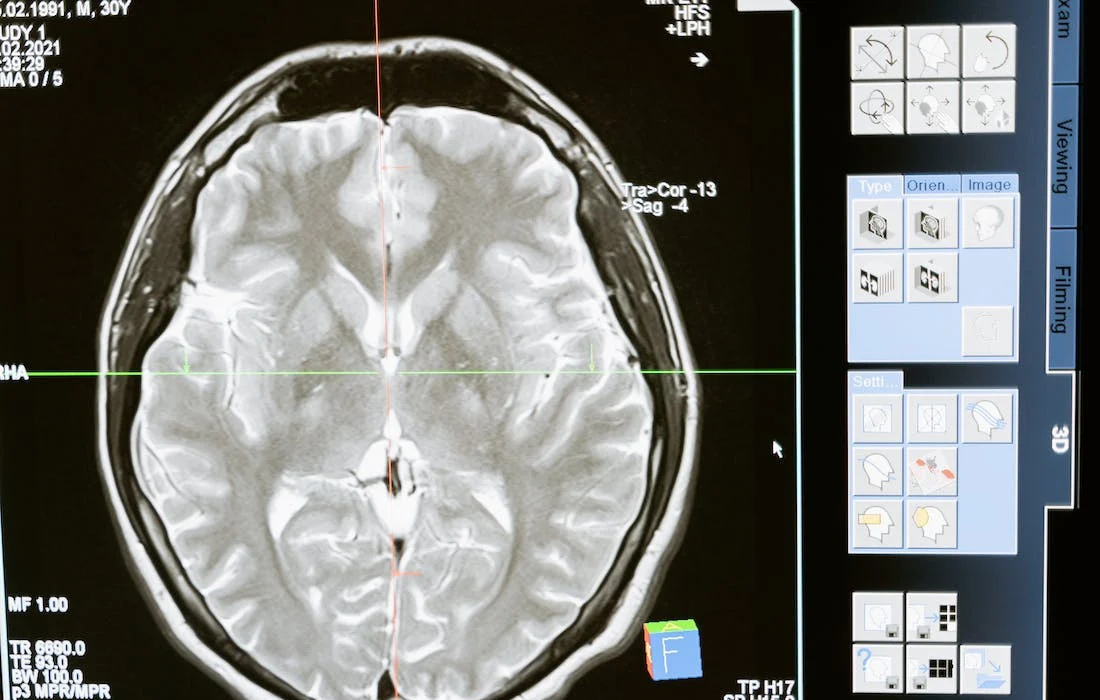Regenerative Medicine News and General Information
Gene Therapy Can Effectively Target Glioblastoma
Glioblastoma (GBM), an aggressive brain cancer, is notoriously resistant to treatment, with recurrent GBM associated with survival of less than 10 months. Immunotherapies, which mobilize the body’s immune defenses against a cancer, have not been effective for GBM, in part because the tumor’s surrounding environment is largely impenetrable to assaults from the body’s immune system.
To convert this immunosuppressive environment into one amenable to an immune response, investigators from Brigham and Women’s Hospital, a founding member of the Mass General Brigham healthcare system, engineered a novel oncolytic virus that can infect cancer cells and stimulate an anti-tumor immune response.
Results, published in Nature, demonstrated the safety and preliminary efficacy of the novel gene therapy approach in high-grade glioma patients, with prolonged survival in a subgroup of recurrent GBM patients immunologically “familiar” with the virus.
This phase I, first-in-human trial examined the safety of an oncolytic virus, called CAN-3110, which was designed and subjected to preclinical testing by researchers at BWH and licensed to Candel Therapeutics as the trial was ongoing.
The cancer-attacking virus is an oncolytic herpes simplex virus (oHSV), which is the same type of virus used in a therapy approved for the treatment of metastatic melanoma.
Overall, the trial demonstrated the safety of CAN-3110 in 41 patients with high-grade gliomas, including 32 with recurrent GBM.
The most serious adverse events were seizures in two participants. Notably, GBM participants who had pre-existing antibodies to HSV1 virus (66% of the patients) had a median overall survival of 14.2 months.
In patients with pre-existing antibodies, the researchers saw markers of several changes in the tumor microenvironment associated with immune activation. They hypothesize that the presence of HSV1 antibodies resulted in a rapid immune response to the virus, which brought more immune cells to the tumor and increased the levels of inflammation in the tumor microenvironment.
After CAN-3110 treatment, the investigators also observed an increase in the diversity of the T cell repertoire, suggesting that the virus induces a broad immune response, perhaps by eliminating tumor cells resulting in the release of cancer antigens. These immunological changes after treatment were also shown to be associated with improved survival.
Studies like this one show the promise of gene therapy for treating intractable conditions.
Going forward, the researchers plan to complete prospective studies to further investigate the effectiveness of the oncolytic virus in patients who do and do not have antibodies to HSV1.
Sources:
Alexander L. Ling, Isaac H. Solomon, Ana Montalvo Landivar, Hiroshi Nakashima, Jared K. Woods, Andres Santos, Nafisa Masud, Geoffrey Fell, Xiaokui Mo, Ayse S. Yilmaz, James Grant, Abigail Zhang, Joshua D. Bernstock, Erickson Torio, Hirotaka Ito, Junfeng Liu, Naoyuki Shono, Michal O. Nowicki, Daniel Triggs, Patrick Halloran, Raziye Piranlioglu, Himanshu Soni, Brittany Stopa, Wenya Linda Bi, Pierpaolo Peruzzi, Ethan Chen, Seth W. Malinowski, Michael C. Prabhu, Yu Zeng, Anne Carlisle, Scott J. Rodig, Patrick Y. Wen, Eudocia Quant Lee, Lakshmi Nayak, Ugonma Chukwueke, L. Nicolas Gonzalez Castro, Sydney D. Dumont, Tracy Batchelor, Kara Kittelberger, Ekaterina Tikhonova, Natalia Miheecheva, Dmitry Tabakov, Nara Shin, Alisa Gorbacheva, Artemy Shumskiy, Felix Frenkel, Estuardo Aguilar-Cordova, Laura K. Aguilar, David Krisky, James Wechuck, Andrea Manzanera, Chris Matheny, Paul P. Tak, Francesca Barone, Daniel Kovarsky, Itay Tirosh, Mario L. Suvà, Kai W. Wucherpfennig, Keith Ligon, David A. Reardon, E. Antonio Chiocca. Clinical trial links oncolytic immunoactivation to survival in glioblastoma. Nature, 2023; DOI: 10.1038/s41586-023-06623-2
Brigham and Women’s Hospital. (2023, October 18). Researchers design gene therapy that can effectively target glioblastoma. ScienceDaily. Retrieved October 19, 2023 from www.sciencedaily.com/releases/2023/10/231018115605.htm
Photo by MART PRODUCTION from Pexels: https://www.pexels.com/photo/technology-computer-head-health-7089020/

